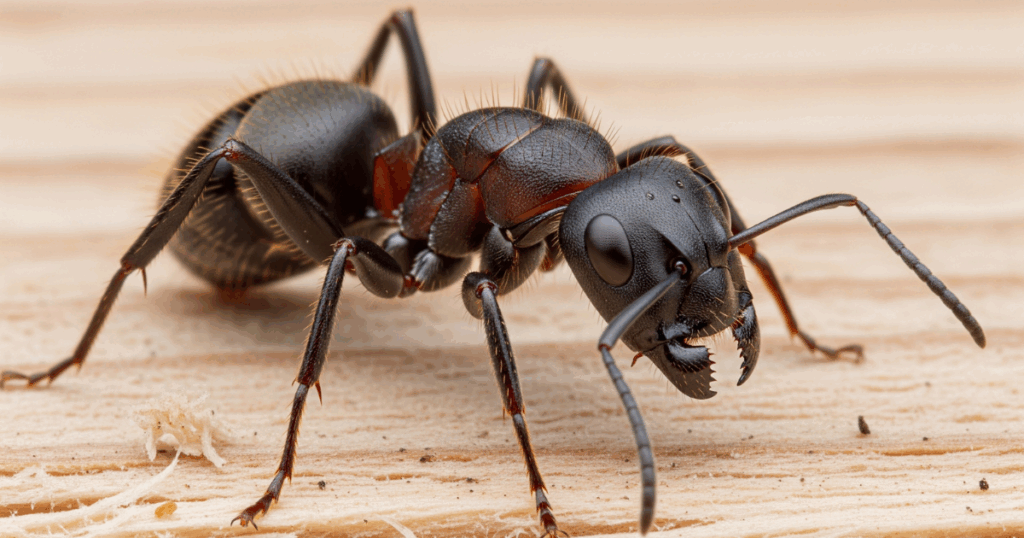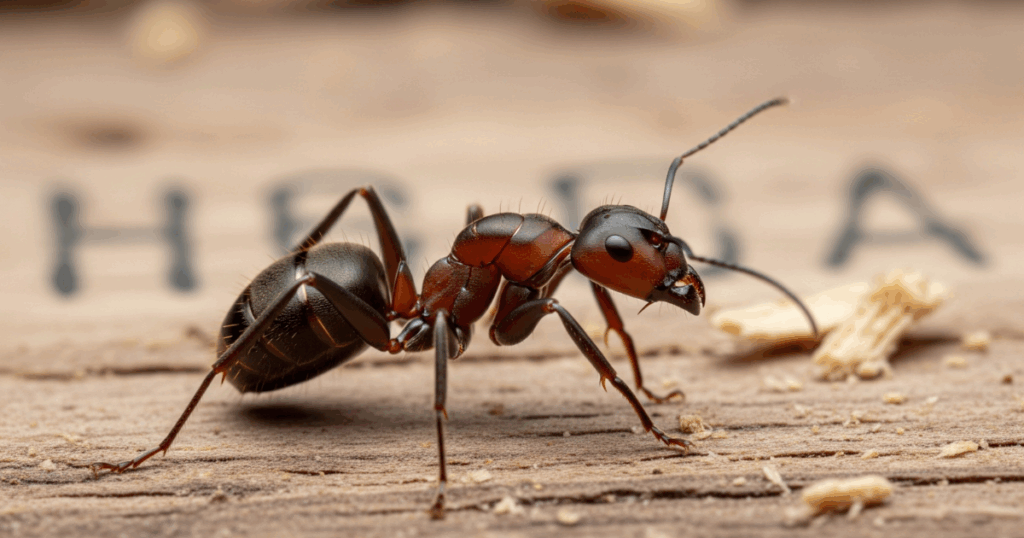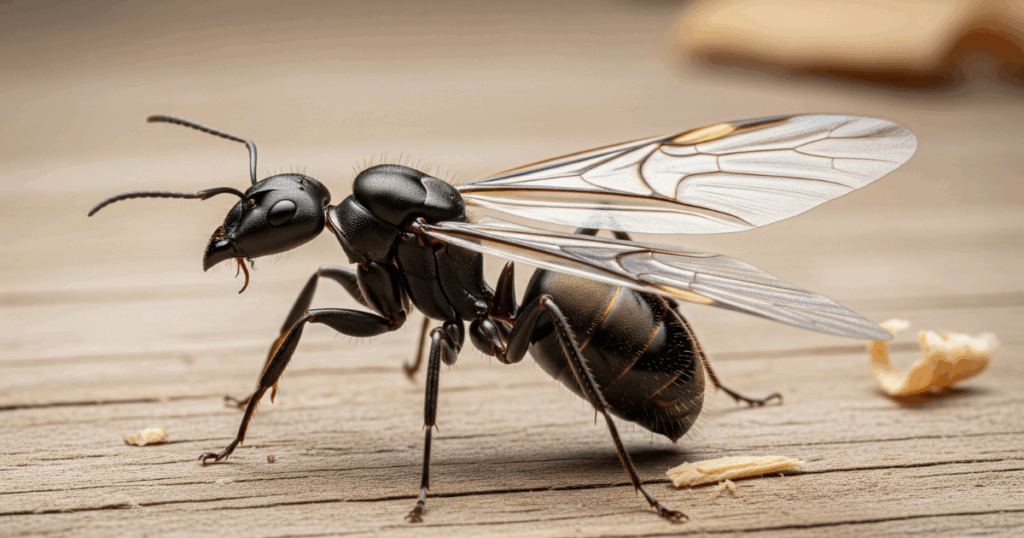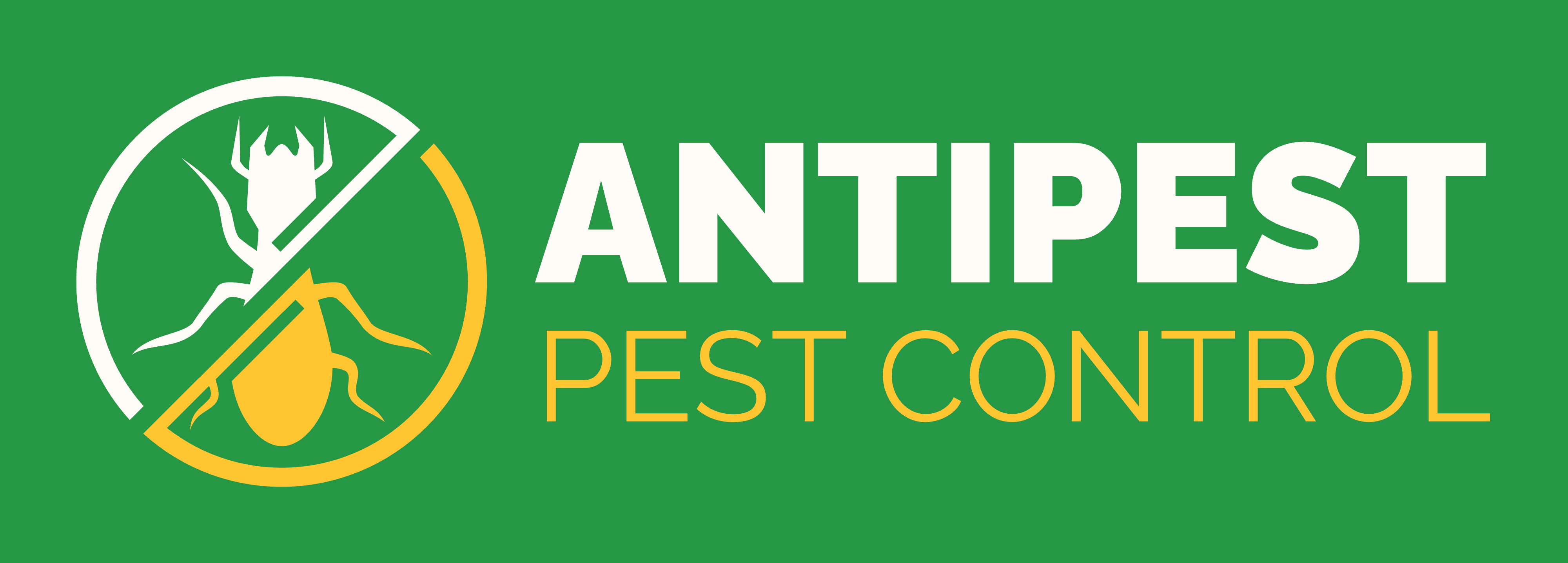How to Get Rid of Carpenter Ants in your house, walls, ceiling, or even nearby trees, this article guides you.
Carpenter ants can wreak havoc in homes, trees, and landscapes, causing costly repairs and endless frustration. If you’ve noticed large black ants or even carpenter ants with wings around your property, understanding how to get rid of carpenter ants is crucial. Whether you’re facing an infestation in your house, walls, ceiling, or even nearby trees, this article guides you through practical steps, natural, chemical, and preventive, to take back control. We’ll also address how to get rid of carpenter ants with wings and how to target big or black carpenter ants. Curious about safe solutions? Want to know how to get rid of carpenter ants naturally? This guide covers it all.
Table of Contents
What are Carpenter Ants and Their Impact?

Carpenter ants are not just a nuisance, they can compromise the structural integrity of your home. Recognized by their size, black coloration, and tendency to form satellite colonies, these pests dig galleries into wood as nesting grounds, which leads to damage over time. Their presence often signals underlying moisture issues or decaying wood, conditions that demand attention. Spotting ants with wings, sawdust piles, or rustling noises in wood points to potential infestation.
Key Signs You Have Carpenter Ants
Identifying a carpenter ant infestation early makes a big difference. Here are common signs:
- Sawdust piles (frass) near woodwork
- Large, black or winged ants visible indoors, especially at night
- Hollow-sounding wood and rustling noises within walls
- Ant trails leading to food or water sources
Early detection is vital for successful carpenter ant removal. If you notice these signs, it’s time to find out how to get rid of carpenter ants quickly.
Common Household Ants
| Ant Species | Size | Color | Nesting Preferences | Damage Level |
| Carpenter Ant | 6–13mm | Black/Red | Wood, moist areas | High |
| Pavement Ant | 2.5–4mm | Brown/Black | Pavement, soil | Low |
| Odorous House Ant | 2.4–3.3mm | Brown/Black | Walls, under floors | Low |
| Pharaoh Ant | 1.5–2mm | Yellow | Warm buildings | Low |
Carpenter ants differ from other common ants both in size and the type of damage they cause, making how to get rid of carpenter ants critically important if discovered.
How to Get Rid of Carpenter Ants in Your House?

Controlling a carpenter ant infestation starts with proper identification and nest location. Most infestations originate from indoor nests or colonies in nearby trees; ants migrate indoors to establish satellite colonies. To get rid of carpenter ants in house environments:
- Locate the nest: Follow ant trails, check for piles of sawdust and listen for rustling at night.
- Use targeted treatments: Inject insecticidal dust or foam into wall voids, behind outlets, or under window sills for direct nest elimination.
- Apply perimeter sprays: Spray exterior walls, particularly at suspected entry points and foundations, with water-based, ant-specific insecticides every 4–6 weeks.
- Remove moisture sources: Fix leaks and replace water-damaged wood to prevent future infestations.
| Step | Action | Recommended Product | Notes |
| Locate nest | Trace ant trails, listen at night | N/A | Key for success |
| Direct treatment | Inject dust/foam into voids, behind walls | Pyrethroid aerosol, dust | Wear mask, avoid wet |
| Perimeter spray | Treat walls, foundations, entry points | Liquid insecticide | Repeat regularly |
| Address moisture | Fix leaks, replace damp wood | N/A | Prevent recurrence |
How to Get Rid of Carpenter Ants in Walls and Ceilings?

Nests in walls or ceilings pose unique challenges. Carpenter ants often burrow into foam insulation or water-damaged wood, leaving sawdust and insulation trails as telltale signs.
To eliminate carpenter ants in these areas:
- Drill small holes near activity: Carefully inject insecticidal dust, aerosol foam, or bait into wall voids or ceiling spaces.
- Treat around plumbing and fixtures: For foraging ants, use non-repellent baits or foam near sinks, drains, and bathrooms.
- Seal entry points: Use caulk to close gaps or cracks near roof valleys, skylights, or chimney frames.
- Address water damage: Repair leaks and replace compromised wood to remove attractive nesting sites.
How to Get Rid of Carpenter Ants Naturally?
Many homeowners prefer natural solutions to avoid synthetic chemicals, especially near pets or children. If you’re researching how to get rid of carpenter ants naturally, several options exist that deliver real results.
- Boiling water: Pour carefully into outdoor nests, sometimes with soaps or essential oils, and repeat as necessary.
- Sugar and baking soda bait: Mix equal parts and place in shallow dishes along trails, sugar attracts ants, baking soda kills them.
- Essential oils: Mint, clove, lemon, or cedar disrupt pheromone trails, wipe on baseboards, windowsills, and entry points.
- Vinegar spray: Mix water and vinegar to deter ants and erase trails.
- Diatomaceous earth: Spread near nests and entryways for a non-toxic, dehydrating barrier.
- Cinnamon: Dispense powder or oil in problem areas to repel ants.
| Natural Method | Materials Needed | How It Works |
| Boiling water | Pot, water, essential oils | Destroys colony directly |
| Sugar-baking soda | Sugar, baking soda, dish | Poison bait for nest |
| Essential oil spray | Various oils, cotton ball | Disrupts pheromone trail |
| Vinegar spray | Vinegar, spray bottle | Deters and cleans |
| Diatomaceous earth | Powder | Dehydrates ants |
| Cinnamon/Oil | Cinnamon, oil | Natural repellent |
Discover safe, natural and effective ways on How to Remove Ants from Garden – read the full guide here.
How to Get Rid of Carpenter Ants with Wings?

Carpenter ants with wings signal mating swarms or a mature colony on the move. These ants are best controlled by attacking their nest:
- Use a vacuum to quickly remove swarms, then dispose of the vacuum bag outdoors.
- Spray swarms with a mix of soap, water, and peppermint oil to kill and deter.
- Applying bait (borax + sweet substance) near affected areas, ants will carry poison home and disrupt colony reproduction.
- Replacing decayed wood, winged ants often breed in rotten structures.
- Seal cracks and crevices around windows and baseboards to prevent access.
How to Get Rid of Carpenter Ants in Trees?
Carpenter ants commonly nest in trees, especially those that are decaying or damp. Learning how to get rid of carpenter ants in trees is important to protect both landscaping and nearby buildings.
Steps for tree treatment:
- Inspect the tree for visible holes, frass, and ant trails.
- Prune affected branches to help remove nests.
- Apply outdoor ant bait near infested areas.
- Improve tree health with proper watering and care to reduce dampness.
| Natural Solution | Application Method | Effectiveness |
| Diatomaceous Earth | Sprinkle around the base and nests | Moderate |
| Vinegar Spray | Drench entry holes and trails | Moderate |
| Pruning | Remove infested limbs | High |
| Borax Bait | Place near trails and nest sites | High |
How to get rid of carpenter ants in trees naturally often involves combining several approaches, reducing reliance on chemicals and protecting the surrounding ecosystem.
How to Get Rid of Big and Black Carpenter Ants?

“Big” or “black” carpenter ants refer to the most visible and damaging members of a colony. Their presence signals large-scale nesting and extensive wood tunneling. If you’re wondering how to get rid of big carpenter ants or how to get rid of black carpenter ants, focus on thorough inspection and targeted treatment.
Most carpenter ants are big and black, with large jaws:
- Location is key: Big black ants are often a sign of a nearby nest in moisture-damaged wood.
- Direct nest treatment: Use pyrethroid-based sprays, boric acid dust, or foam targeted into nests in wood, walls, or trees.
- Baits: Place sweet or protein-based poisoned baits along ant trails for colony elimination.
- Natural options: Sugar-baking soda, diatomaceous earth, essential oils, and boiling water work for big carpenter ants too.
- Seal and repair: Limit future access by sealing entry points and repelling with oils or vinegar.
Preventing Future Infestations
Knowing how to get rid of carpenter ants is only half the battle. Preventing them from returning requires ongoing maintenance, regular inspection, and sealing off potential nesting grounds.
Key prevention steps:
- Eliminate moisture: Fix leaks, dry crawl spaces, and use gutter extensions to direct water away.
- Remove decayed wood: Promptly replace or repair water-damaged lumber.
- Trim trees and shrubs: Prevent branches from touching the house or roof.
- Keep firewood and debris away: Store wood at least 20ft from home.
- Seal cracks/crevices: Inspect and fill gaps in foundation, siding, doors, windows.
- Routine inspections: Check attic, ceilings, trees, and outdoor wood regularly.
Consider a professional inspection every 1–2 years if your property is prone to carpenter ant activity. Got ants in your car too? Reclaim your drive, take action now to get rid of ants in car and keep every ride comfortable and pest‑free. Struggling with flying ants? Discover quick fixes that actually work!
| Prevention Tip | Description |
| Fix leaks | Remove water sources |
| Replace damaged wood | Prevent new nests |
| Trim vegetation | Limit access routes |
| Store firewood away | Remove attractive habitats |
| Seal entry points | Block ant access |
| Inspect frequently | Early detection |
Struggling with ants in your food? 👉 Learn safe ways to remove ants from rice here. “Know how to get rid of little black ants and protect your family from unwanted pests.”
Conclusion – How to Get Rid of Carpenter Ants for Good
Carpenter ants can damage homes and trees while remaining hidden in walls, ceilings, and even outdoor spaces. The key to how to get rid of carpenter ants is identifying their nest and striving for a blend of direct treatments, preventive repairs, and, if possible, natural solutions. With diligence and smart strategies, you’ll not only get rid of carpenter ants but also prevent their unwelcome return.
For comprehensive and hassle-free carpenter ants removal and long-term pest prevention, trust the professionals at Antipest Office. Visit us at the Antipest Office, Our trained technicians use safe and effective methods to protect your home and business. For service bookings and consultations, call us at +91 9819018398 .
How to Get Rid of Carpenter Ants? – FAQs
How to get rid of carpenter ants in your house?
To get rid of carpenter ants in your house, locate the nest, use bait or insecticidal dust, eliminate moisture, and seal all entry points.
How to get rid of carpenter ants with wings in the home?
Remove winged carpenter ants by targeting the main nest, using ant baits, and sealing cracks around doors and windows to prevent future invasions.
How to get rid of carpenter ants naturally and safely?
Use natural solutions like diatomaceous earth, borax bait, essential oil sprays, and maintaining a dry environment to get rid of carpenter ants safely.
How to get rid of carpenter ants in trees on your property?
Identify affected branches, prune them, apply natural baits, and reduce moisture to get rid of carpenter ants in trees.
How to get rid of carpenter ants in trees naturally?
Mix equal parts of vinegar and water, apply to infested areas, and prune damaged branches to get rid of carpenter ants in trees naturally.
How to get rid of big carpenter ants around the yard?
Track ant trails to nests, place outdoor baits, and remove dead wood to get rid of big carpenter ants in your yard.
How to get rid of black carpenter ants in the kitchen?
Clean up food sources, set bait stations, and seal gaps to get rid of black carpenter ants in kitchen areas.
How to get rid of carpenter ants in ceiling spaces?
Locate the nest, drill small inspection holes, use dust insecticide, and repair affected wood to get rid of carpenter ants in the ceiling.
How to get rid of carpenter ants in walls?
Treat the nest inside walls by drilling holes, applying insecticidal dust, and sealing afterwards to get rid of carpenter ants in walls.
How to get rid of carpenter ants long-term?
Maintain dry conditions, repair leaks, remove dead wood, and seal entry points to get rid of carpenter ants and prevent future infestations.

